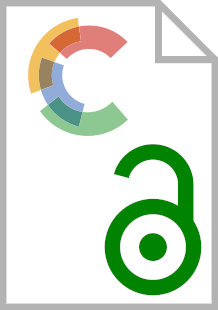Date: 2018
Type: Article
Two types of legal uncertainty
European journal of legal studies, 2018, Vol. 10, No. 2, pp. 11-45
YALNAZOV, Orlin, Two types of legal uncertainty, European journal of legal studies, 2018, Vol. 10, No. 2, pp. 11-45
- https://hdl.handle.net/1814/56085
Retrieved from Cadmus, EUI Research Repository
Law-and-economics scholars analyse legal uncertainty as a choice between rules and standards. In doing this, they focus on individual laws that regulate and sanction conduct, or what Hart would call ‘primary rules’. Hart also spoke of ‘secondary rules’, that is, rules that determine the validity and precedence of other rules. Here, I introduce secondary rules into the law-and-economics framework. Two types of uncertainty emerge. I call the one covered in the literature ‘applicative uncertainty’ and the ‘new’ one ‘hierarchic uncertainty’. I show that the two always co-exist and, further, that there is a trade-off between them. I sketch out the economics of that trade-off and I discuss its implications for legal certainty in general.
Cadmus permanent link: https://hdl.handle.net/1814/56085
ISSN: 1973-2937
External link: https://ejls.eui.eu/
Publisher: European University Institute
Files associated with this item
- Name:
- EJLS_10(2)_Yalnazov.pdf
- Size:
- 9.766Mb
- Format:
- Description:
- Full-text in Open Access
